Hiking has become a passion for millions of people around the world. Connecting with nature and distancing yourself from the daily grind can provide numerous mental and physical health benefits.
But sometimes it can be hard to get started, especially if you’re not sure how much time you need to devote to your outdoor adventures.
When it comes to hiking 10 miles it’s important to be prepared. A 10-mile hike is no easy task because it can take anywhere from 4-10 hours and can be particularly rigorous when you’re carrying a pack the whole time.
There are a lot of factors that go into how long your 10-mile hike will take. You need to take your overall health, trail difficulty and location, and weather into account.
Hiking On Flat Ground
One of the biggest factors that go into determining how long your 10-mile hike will take is whether you’re hiking on a flat trail or up to higher elevations. Hiking on flat ground is going to be far easier and will therefore take less time.
If you’re going to be hiking on a flat trail then it’s possible for you to complete your 10-mile hike in as little as 4 hours- maybe even less. You’d need to keep up a quick pace and make your rest stops as brief as possible.
It’s estimated that the average hiker can cover 3 miles in an hour in ideal conditions. If this is your first time hiking a long distance then don’t be discouraged if it takes you longer than expected. The more hiking experience you have the more quickly you’ll be able to cover any distance.
Hiking 10 Miles Up Increasing Elevation
Ascending in elevation during a hike can be difficult and time-consuming. You need to be wary of altitude sickness when going through an elevation change. Taking your hike slowly is the best way to avoid altitude sickness because it gives your body time to acclimate as you climb.
Altitude sickness is an illness that affects people who have traveled to a higher elevation. Low oxygen levels at high elevation can cause a variety of symptoms including nausea, dizziness, headaches, and trouble sleeping.
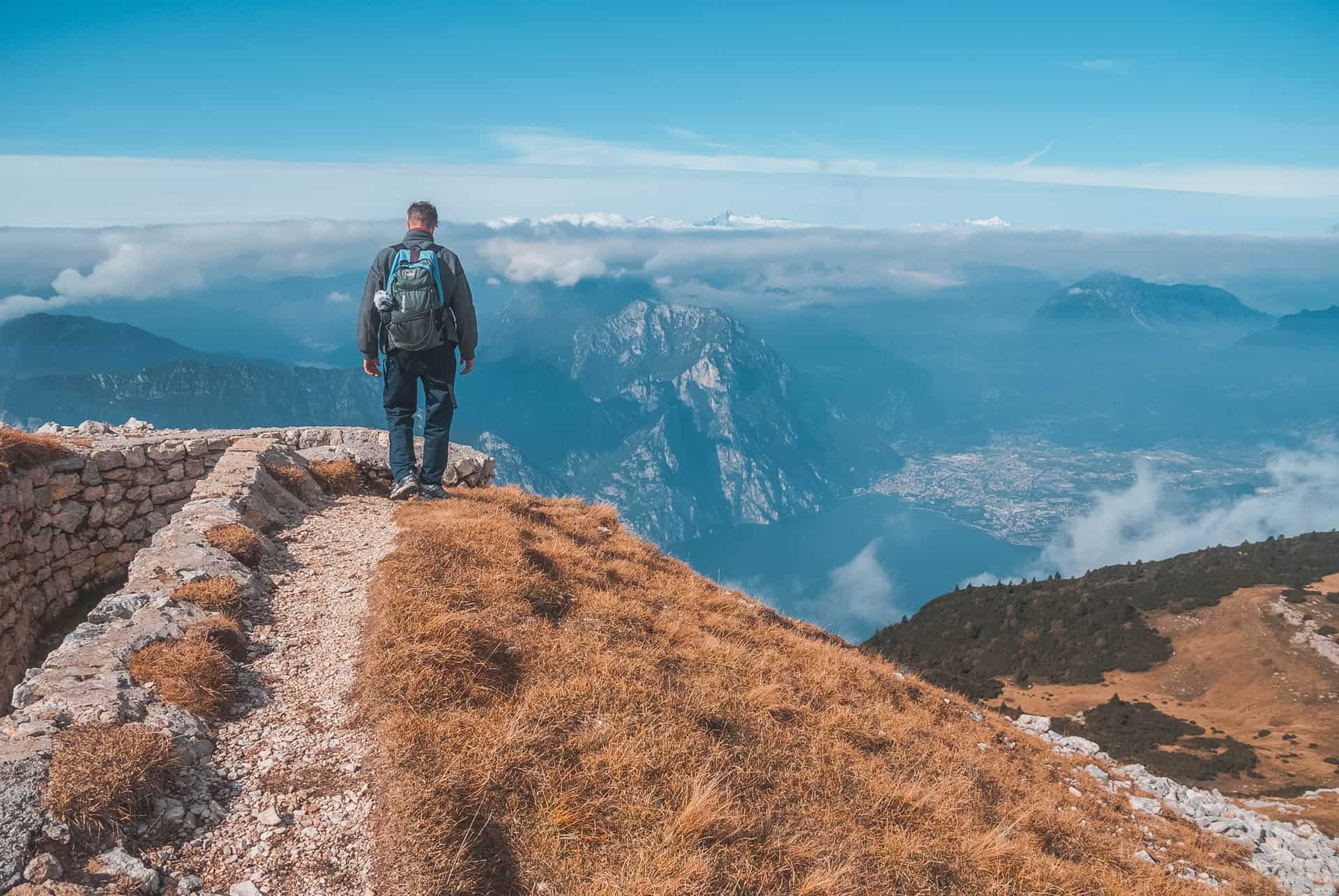
If you experience any signs of altitude sickness then it’s important to return to a lower elevation immediately and seek medical treatment. Altitude sickness can progress to more dangerous illnesses that can prove lethal if not treated.
Assuming you’re able to hike without succumbing to altitude sickness another thing you should keep in mind is that when you’re hiking up a mountain or steep trail that reaches higher elevations you’re likely to be carrying extra gear with you.
The added weight to your pack will have an impact on how quickly you’ll be able to complete your 10-mile hike.
Plan to give yourself extra time in this situation to avoid over-exerting yourself. If you’re going to be hiking in high elevations it’s recommended to only progress an additional 1,000 feet per day.
If the end of your hike reaches heights above 10,000 feet then it could take you a few days to safely finish your hike.
Variables That Affect Your Hiking Speed
How quickly you’re able to complete a 10-mile hike depends on a lot of variables. There’s no exact science to determine your hiking speed because everyone’s set of variables is going to be different. But, you can get a good idea of how long it’s going to take you by considering the following.
Pack Weight
How much your pack weighs is going to be one of the biggest factors in determining your hiking speed. There is a science to determining how much the weight in your pack is going to slow you down.
A good rule of thumb to remember when packing for a 10-mile hike is that every 1% of your body weight in your pack will make you 6 seconds slower per mile than your hiking speed would be with no pack.
For example, if you weigh 200 pounds, then every 20lbs in your pack is going to slow you down by 6 seconds per mile. So, if your pack weighs 60lbs, this means your hiking speed is going to be 18 seconds slower per mile.
Keeping this rule in mind while packing will help you to eliminate anything that isn’t a necessity from your pack. Hiking 18 seconds slower per mile may not seem like much but over a long hike that time can add up!
Shoes Type
The type of footwear you choose for your hike will be another determining factor for your hiking speed. You want to choose hiking shoes or boots that are lightweight and offer the stability needed to navigate any obstacles you come across.
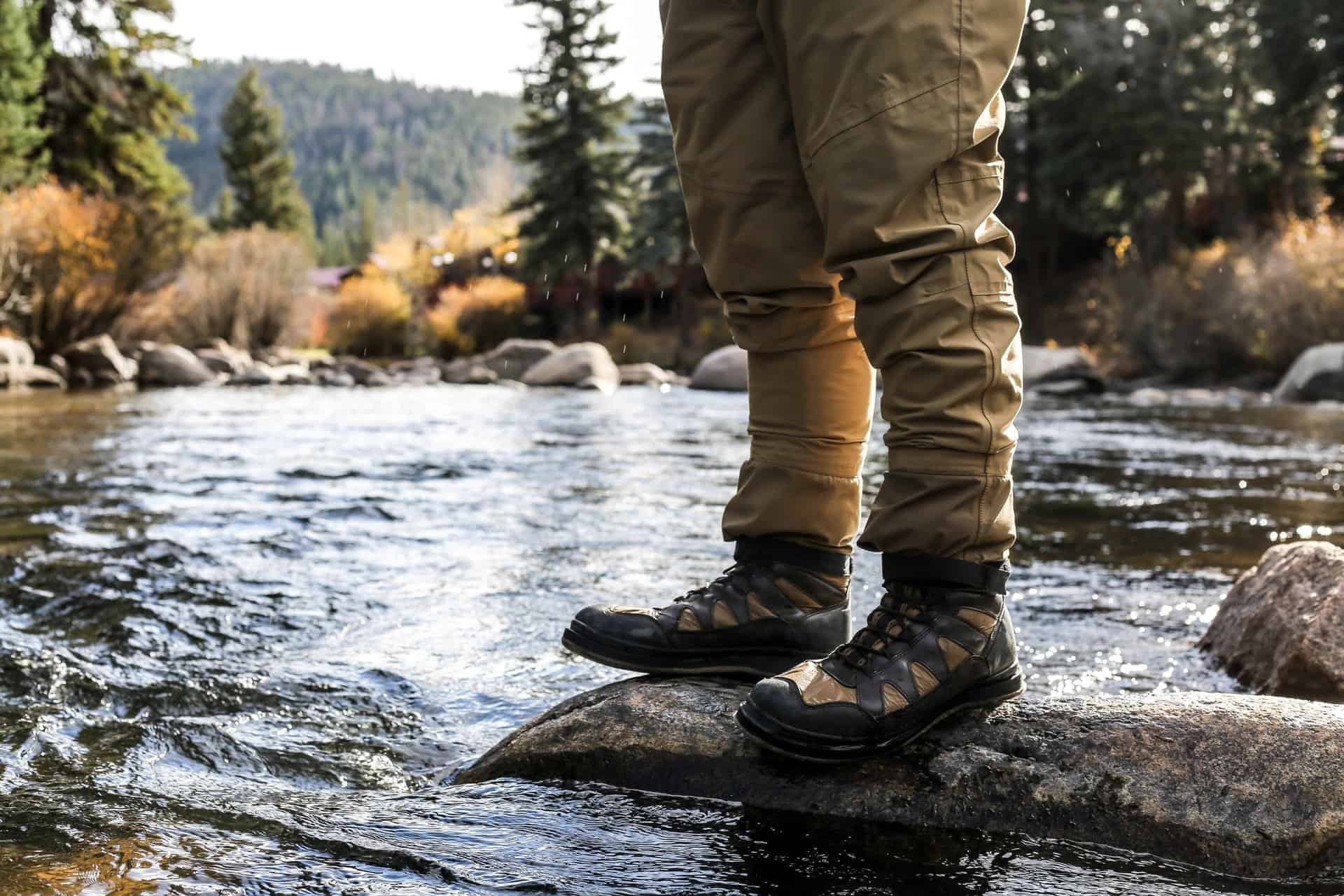
You also want to consider how much your shoes weigh. A single pound on your feet equates to 5% more energy spent. This may not sound like much but it means that you’ll need to stop more frequently to rest and that will cut into your hiking time.
That doesn’t mean that you have to stick to hiking boots or shoes specifically. There are a lot of other options that make for great hiking.
You could even hike in logger boots if you want. The important thing is to find footwear that is lightweight and provides the comfort, traction, and durability necessary to help you on your hike.
Weather Status
The weather is going to play an important role in determining how quickly you can finish your hike. If you’re hiking in very warm conditions then you’re going to need to stop more frequently to hydrate and keep your body from overheating.
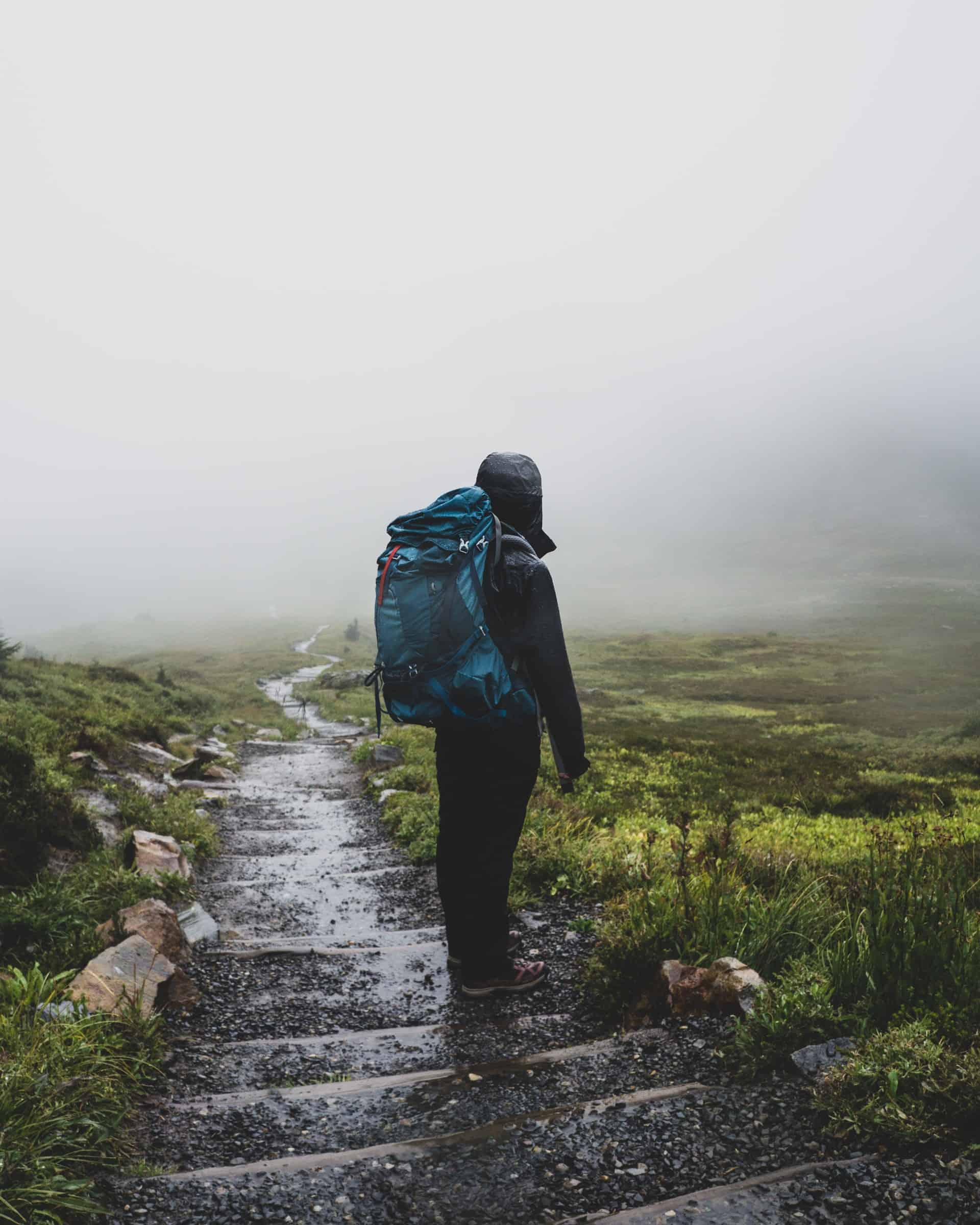
You may also end up taking longer breaks while hiking in high temperatures. Aside from giving your body time to cool down and rehydrate you may also need to apply sunscreen during your breaks and change your shirt if you’ve been sweating excessively.
These things can slow you down over time so it’s important to have realistic expectations when embarking on a 10-mile hike. You don’t want to overdo it and risk heat stroke!
Hiking in cold weather comes with its own set of challenges. If you’re hiking through snow then you’re going to be moving 50% slower than you would normally.
If the snow is particularly deep then you’ll need to make sure you’re wearing waterproof boots and pants or even leggings. These things tend to be made out of heavier materials and the added weight will also slow you down.
The best way to manage any challenges the weather throws your way is to be prepared. Do your research ahead of time and pack accordingly. Have a plan in place for if the weather takes a sudden turn and you need to shelter in place or come back to your hike another time.
Fitness Level
Your fitness level and endurance are going to be the biggest indicators of how long a 10-mile hike takes you. Physically fit people with a higher endurance level are going to be able to hike longer and more quickly than someone who isn’t in as good shape.
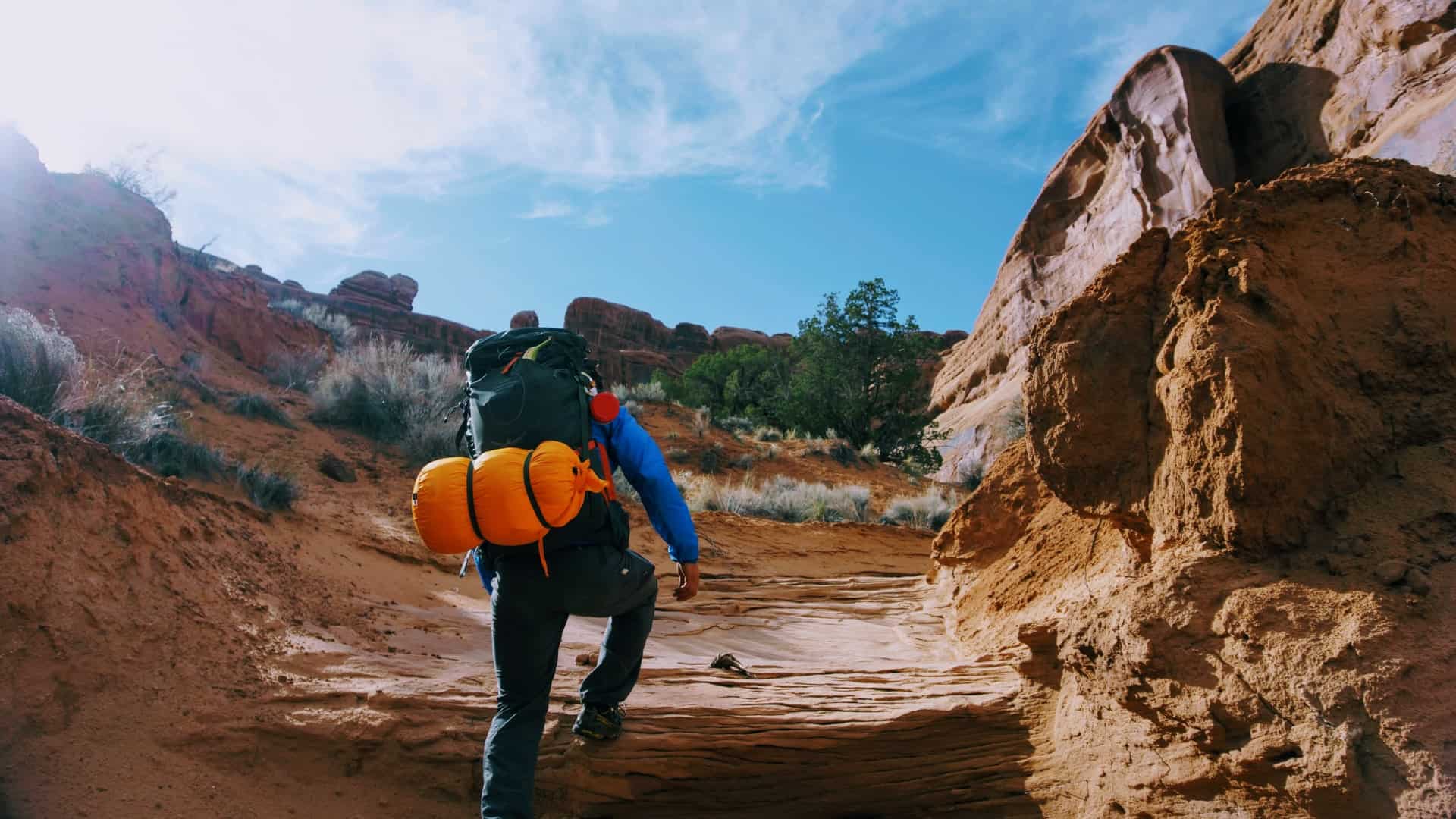
That’s not to say that you can’t enjoy hiking or camping while fat because you absolutely can! It just may take you a while longer. The best way to determine your fitness and endurance levels is to test yourself!
Set out for a 1-mile hike on an easy trail in good weather. If your fitness and endurance levels are up to par then a 1-mile hike should only take you around 30 minutes.
If you complete the hike even quicker than that then congratulations! You have what it takes to finish a 10-mile hike in a few hours. If you find yourself short of breath and struggling to complete a 1-mile hike in under an hour then you should consider doing some training before taking on a 10-mile hike.
The reason you need to have a good fitness level before taking on such a strenuous hike is that you use a lot of muscles while hiking. If you’re not in good shape then the strain you put your muscles under could cause health problems.
The best way to prepare yourself for a 10-mile hike is to train the muscle groups that you’ll be using. You can build your hiking endurance by doing some shorter practice hikes, cardiovascular exercises, strength training, and flexibility training.
You want to be confident in your body’s ability to manage the strain you’ll experience while hiking without overexerting yourself.
Trail Difficulty
Even the most physically fit and experienced hikers can be slowed by a rough trail. When you’re deciding on where you want to go hiking you should choose a trail that matches your endurance and experience levels.
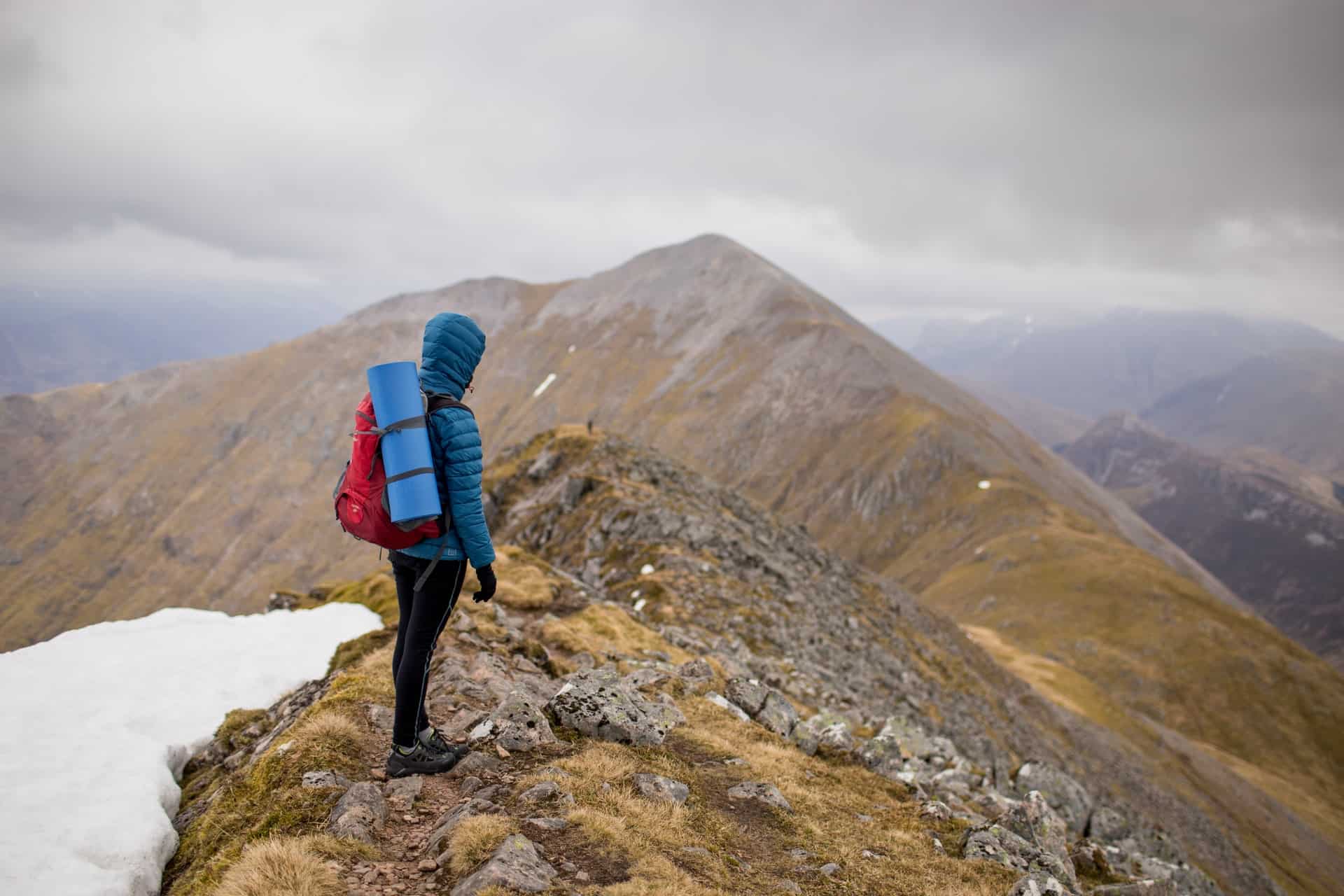
A trail that’s labeled as hard or for experienced hikers only is going to take you more time to navigate than a trail that’s advertised as beginner-friendly. Rougher trails may have obstacles that you need to cross, like bodies of water, that require more time and more equipment to navigate safely.
Doing your research before undertaking a 10-mile hike is so important to ensuring a safe and fun trip. You need to know what you’re comfort level is when hiking and how far to safely push yourself.
If you’re unsure of whether you can manage a difficult trail then start with an easier one instead and work your way up to the more difficult ones.
Essentials For A 10 Mile Hike
Taking on an adventure like a 10-mile hike can be incredibly exciting. Sometimes that excitement can lead you to overlook some of the little details that can make your hike fun and safe. Make sure you have these essentials packed and ready to go before you set out on your hike.
How Much Food To Bring
Hiking is an intense physical activity that burns a lot of calories. You need to make sure that you’re replacing the calories you burn each day to keep your energy levels up and avoid losing weight.
For hikers with an average weight and build it’s recommended to bring along at least 4,000 calories worth of food per day. That weighs out to about 2lbs per day. You’re going to want to bring along food that’s high in protein, fats, and carbohydrates.
The fats and carbs in your food will help replenish your energy reserves while the protein helps your muscles recover from the strain of your hike.
You’re going to want to check the labels on the food you’re considering buying very carefully, especially if you’re bringing along prepackaged food.
A lot of prepackaged foods contain high levels of sodium which can dehydrate you. The general rule for sodium intake while hiking is no more than 2,400 mgs per day.
Any more than this can cause you to feel dehydrated. It can also lead to water retention and bloating which will slow you down.
Your hike will end up taking longer than planned if you’re not feeling your best physically which is why it’s necessary to choose the right food to bring along.
How Much Water To Bring
Water is the most important resource you need to keep your body healthy and fueled throughout your hike. On a 10 mile hike, you should be drinking around 0.5 liters every hour that you’re hiking.
If your 10-mile hike takes you 10 hours then that means you need to bring along 5 liters for your trip. However, if you’re going to be hiking in extreme temperatures or on a difficult trail that causes you to sweat excessively then you should be upping your water intake.
It’s always better to overestimate how much water you’ll need so if the temperatures or trail difficulty are going to be very high then consider bringing double the amount of water you’d usually bring.
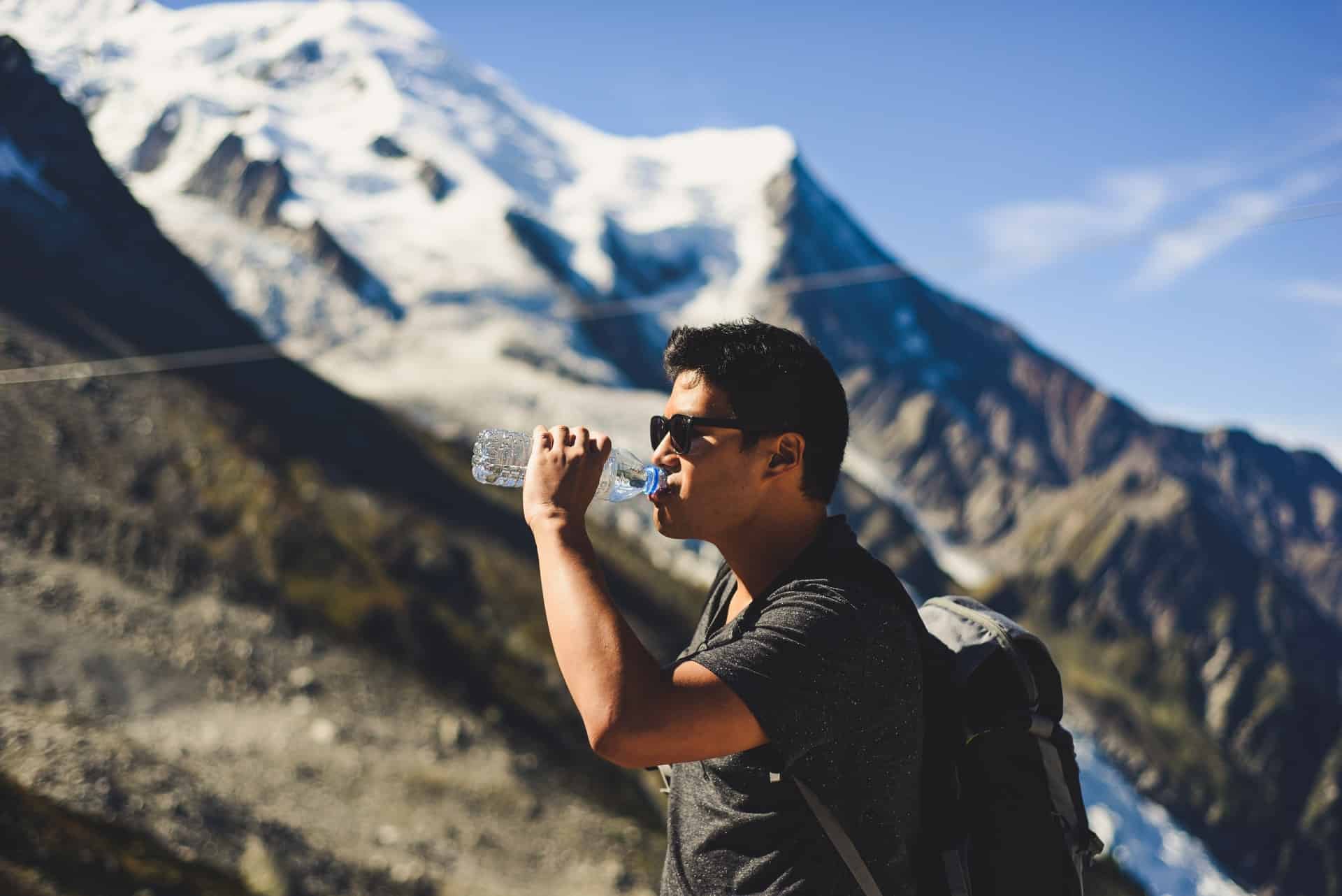
You’re going to need to hydrate frequently throughout your hike and it can be a hassle to stop every few minutes to grab your water bottle from your back.
This can slow you down while you’re hiking and if you’re trying to complete your hike in a certain amount of time then you need to find a more convenient way to stay hydrated.
There are a couple of ways to keep yourself hydrated without losing time on your hike. Many backpackers and hikers use the ‘camel up’ method. The idea behind this method is to drink as much water as your body can hold every time you stop for a drink.
Drink as much as you think you need and then wait a few minutes to give your body time to digest. Then drink as much as your stomach can comfortably hold again before moving on.
Another option is to use a hydration bladder like a Camelback. These go inside your pack and can hold 2-4 liters of water at a time. A tube connected to the hydration bladder will run through the shoulder strap of your pack and poke out near your neck.
With this method, you simply grab the tube while you’re hiking and rehydrate as frequently as you need to. Hydration on a 10-mile hike is incredibly important.
Staying properly hydrated helps to keep your energy levels up, prevent the negative side effects of dehydration, and will help soothe your sore muscles.
If you want a safe, fun, and successful hike then keeping up on your water intake should be your number 1 priority.
First Aid Kit
You can try to plan for every possible scenario while hiking but accidents can still happen. Being prepared for those accidents is the best way to keep yourself safe while out on the trail.
Having a basic first aid kit that contains medications for inflammation, pain, and nausea, burn treatments, and supplies to clean up a cut or take care of a sprain is essential.
Depending on the location of your hike and the temperatures you’ll be experiencing you may want to add in some different items to a standard first aid kit.
If you’re going to be hiking in an environment with high temperatures then you may want to consider adding sunscreen, aloe vera gel, and cooling packs into your first aid kit.
In a cold environment, it may be useful to bring along an emergency blanket, sunglasses to protect against snowblindness, and warming packs for your hands and feet.
Conclusion
Hiking a long distance, whether 5-miles or 10-miles, can be a tough and rewarding experience. Connecting with nature and disengaging from your technology-driven life can give you a chance to reset your mind and develop a new perspective on life.
Hiking 10-miles can take up to 10 hours and being prepared for that hike will help you have a fun and safe trip.
For more guides read my other posts:
About the Author

Hussain is a passionate hiker and traveler that love the outdoor and enjoys what nature has to give, whenever he can he love to write and give tips & honest reviews to help others get out there and just seek more unforgettable experiences.
